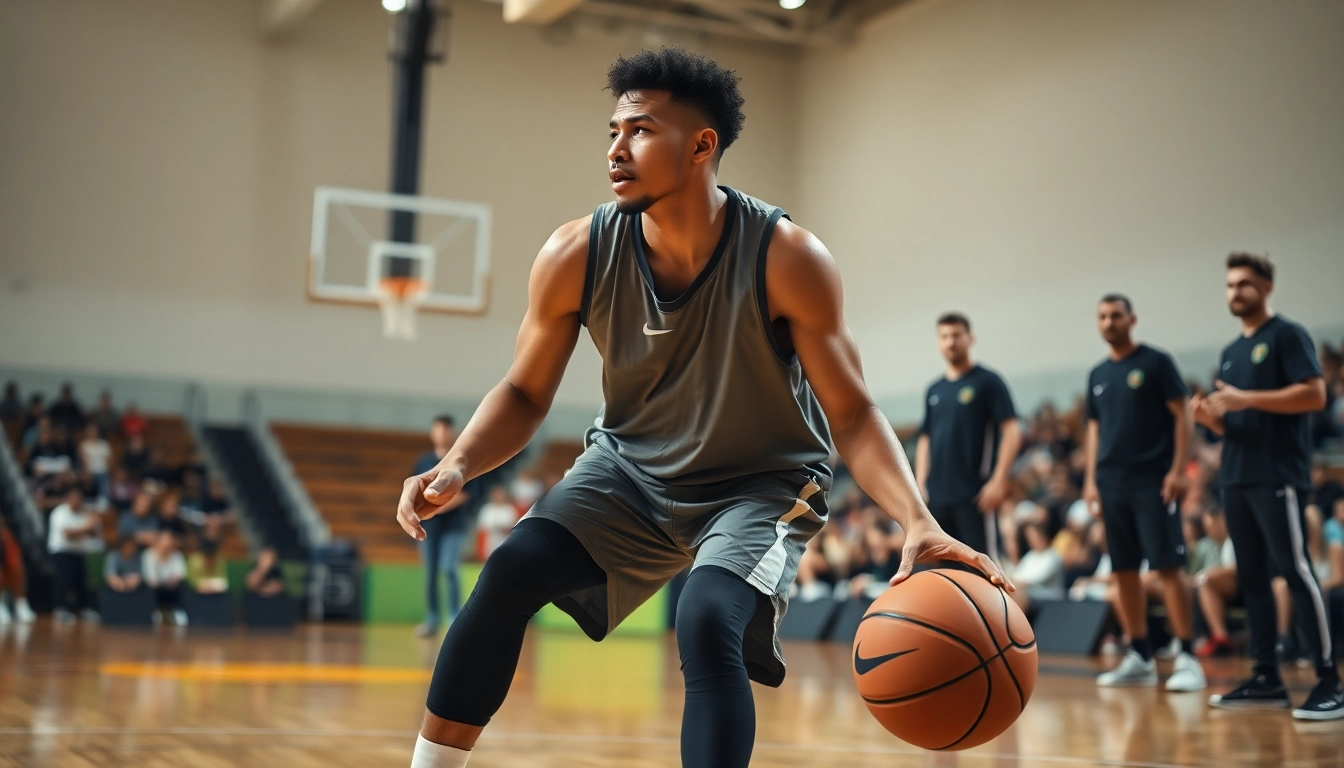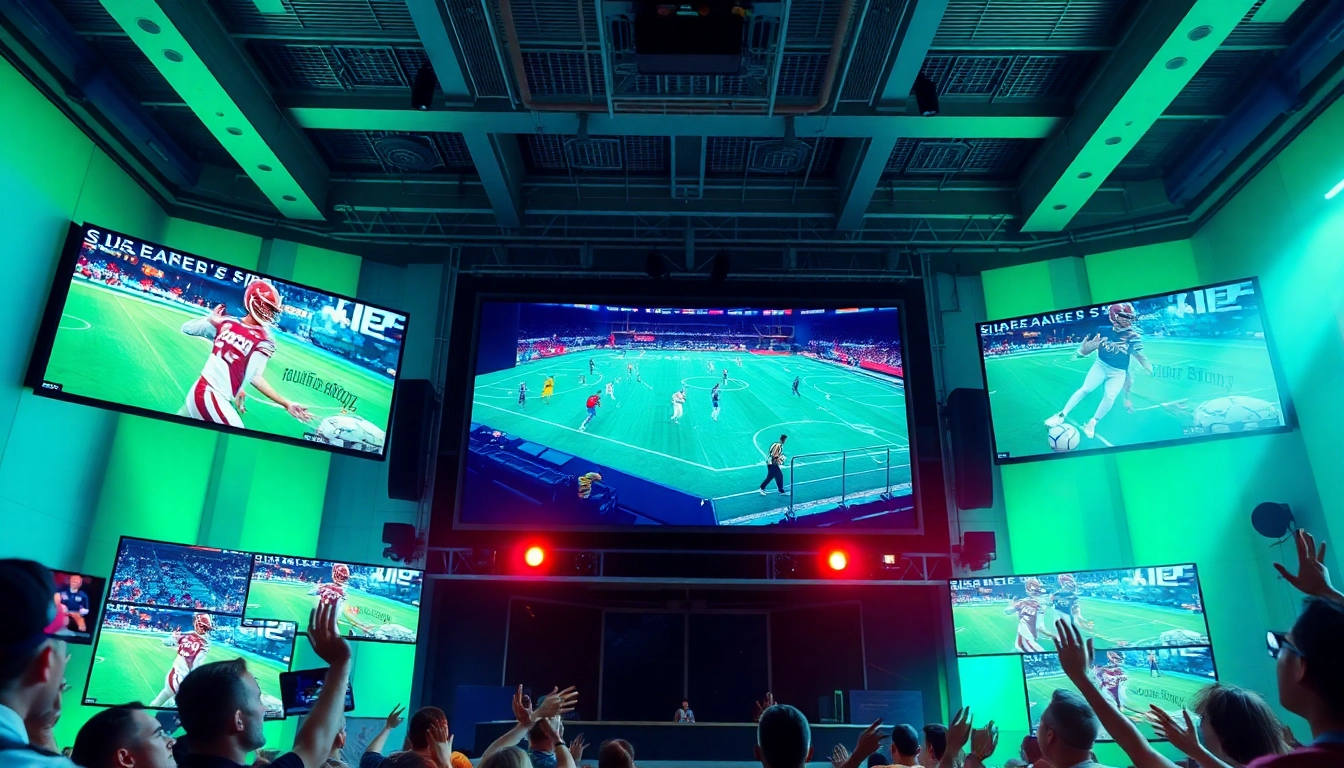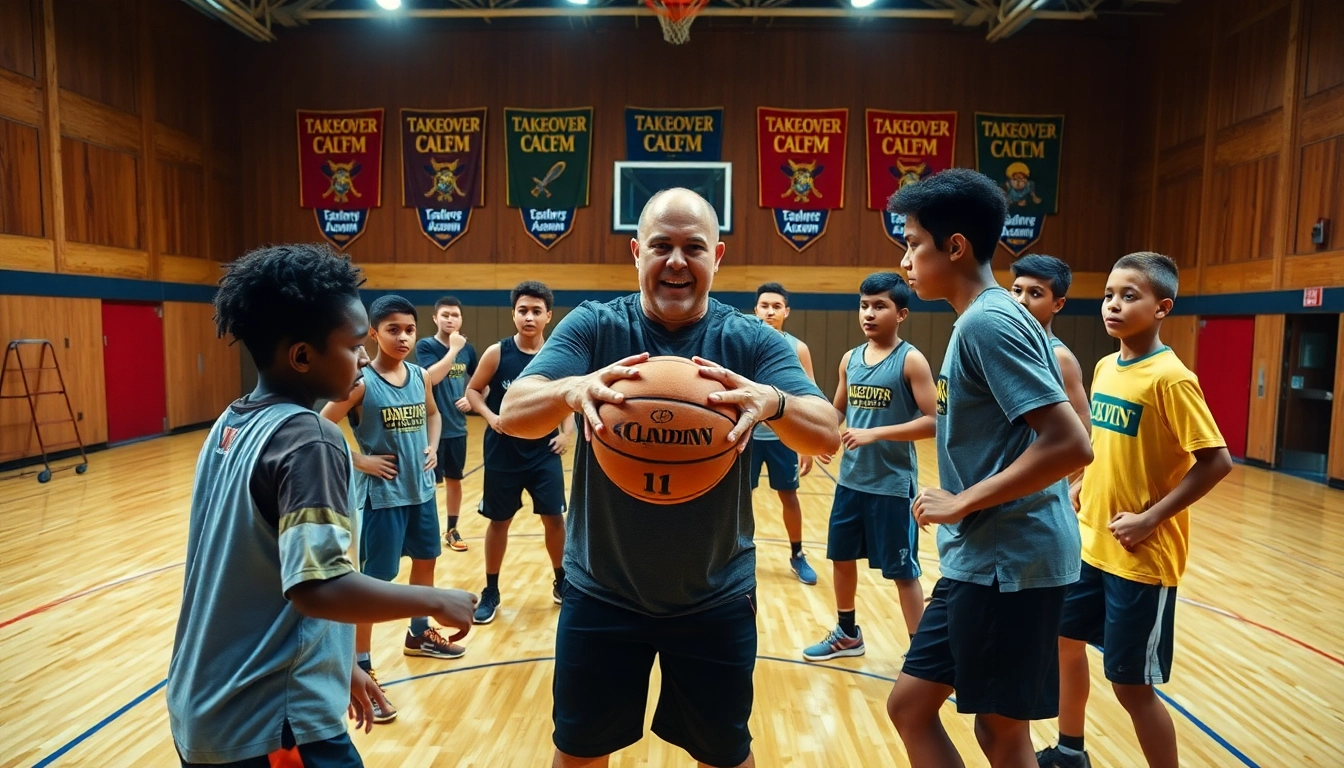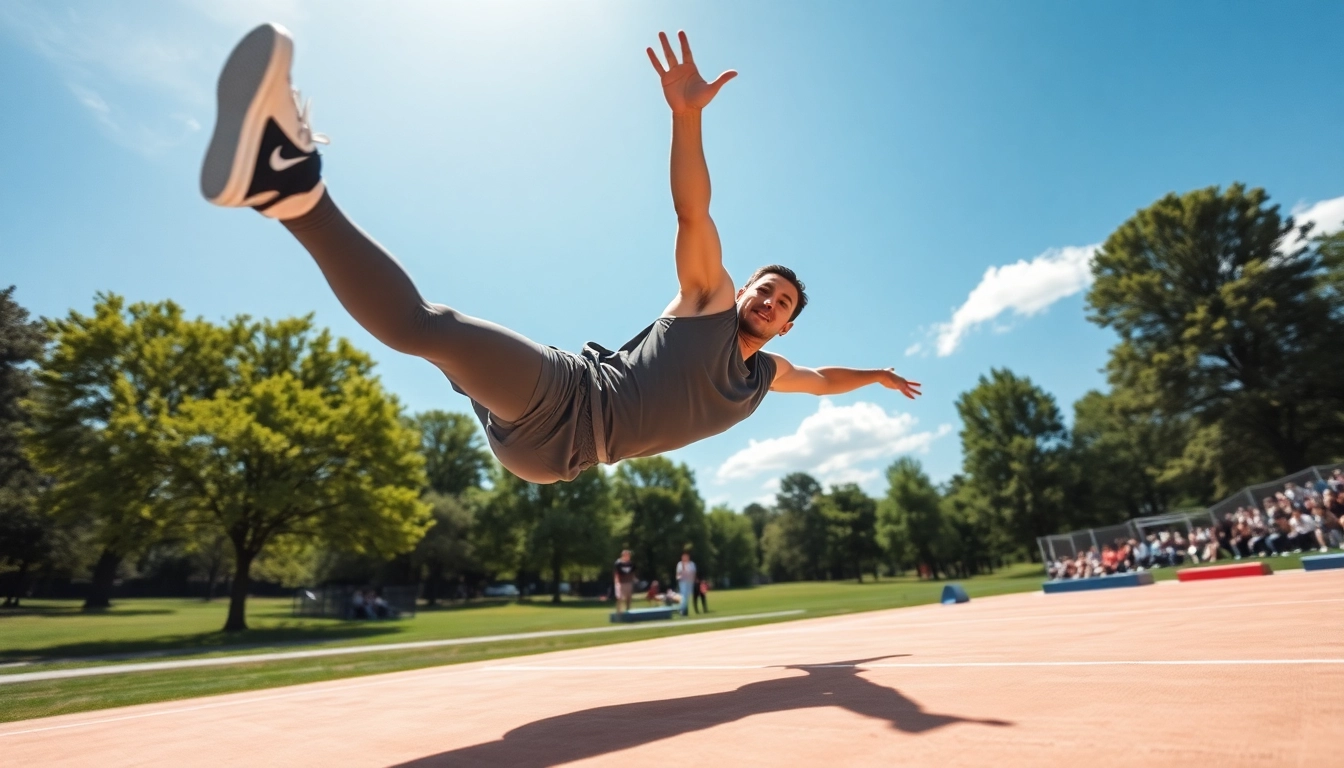Understanding the Best Basketball Training Programs
Basketball is a competitive and demanding sport that requires dedication, skill, and effective training methods. To enhance performance on the court, players increasingly look for the best basketball training programs. Finding the right program can be pivotal in improving skills, understanding game strategies, and achieving personal goals within the sport. But what makes these programs effective? In this article, we will explore what constitutes a quality basketball training program, the key components that contribute to its success, and how to assess your training needs.
What Constitutes a Quality Basketball Training Program?
A quality basketball training program is structured with specific objectives and outcomes in mind. It should address various facets of the game, including physical conditioning, skill enhancement, and mental preparedness. Key characteristics of such programs include:
- Individual Assessment: A quality program begins with understanding the player’s current skill level and physical condition. This might include an evaluation of shooting accuracy, dribbling skills, defensive capabilities, and physical fitness.
- Customized Training Plans: Not all players have the same needs. The best training programs offer personalized training regimens designed to strengthen weaknesses and enhance strengths.
- Expert Coaching: Coaches with extensive experience and a proven track record can inspire and guide players. They can also adapt training methods to suit various learning styles.
- Feedback Mechanisms: Continuous evaluation and feedback are essential. Quality programs provide regular assessments to track progress and adjust training plans as necessary.
- Holistic Approach: Effective training programs consider all aspects of an athlete’s development, including physical, technical, mental, and even nutritional strategies.
Key Components of Effective Basketball Training
While every program may differ, there are common components that characterize effective basketball training:
- Skill Development: Focused drills that enhance fundamental skills such as shooting, passing, dribbling, and footwork.
- Strength and Conditioning: Physical fitness is key in basketball. A well-rounded program includes workouts that improve strength, flexibility, endurance, and agility.
- Mental Training: Basketball requires mental resilience. Programs often include strategies to boost focus, confidence, and game intelligence.
- Game Simulation: Realistic practice scenarios that help players understand game dynamics and improve decision-making skills.
- Nutritional Guidance: Understanding the importance of diet and hydration for optimal performance is crucial.
How to Assess Your Training Needs
Before enrolling in a basketball training program, it’s important to evaluate your current skill set and what you want to achieve:
- Self-Evaluation: Take stock of your skills and identify areas for improvement.
- Setting Goals: Define what you want to achieve, whether it’s improving shooting accuracy, increasing speed, or understanding strategies better.
- Consultation: Speak with coaches or experienced players for insights into the most crucial skills and training methods.
- Trial Programs: Consider sampling different training programs to find the one that best suits your style and needs.
Types of Basketball Training Programs Available
Basketball training programs come in various forms, catering to different preferences and learning styles. Here are some of the most common types:
Individual vs. Group Training: Pros and Cons
One of the first decisions players face is whether to train individually or in a group setting. Each has its advantages:
Individual Training
This format allows for personalized attention and tailored workouts. Benefits include:
- Customized drills and feedback focused solely on the player’s needs.
- Flexible scheduling and pacing that suits the individual.
Group Training
Training with others can foster camaraderie and competitiveness. Benefits include:
- Opportunities to learn from peers and share experiences.
- The competitive environment can enhance performance and motivation.
Online Training Programs vs. In-Person Sessions
Technology has transformed training options, leading to a rise in online basketball training programs:
Online Training Programs
These programs are accessible from anywhere and often provide:
- Video tutorials and drills that can be used independently.
- Flexibility for players to train on their own schedules.
In-Person Sessions
Face-to-face training with a coach offers its set of advantages:
- Direct interaction, which can lead to quicker feedback and corrections.
- The ability to simulate real-game scenarios more effectively.
Specialized Training: Position-Specific Programs
Different positions on a basketball team require unique skill sets. Specialized training programs focus on developing the necessary skills for specific roles:
Forwards and Centers
Training often focuses on post play, rebounding, and defensive skills.
Guards
Focus is on ball handling, passing, shooting, and perimeter defense.
How to Choose the Right Training Program
With so many options available, selecting the right basketball training program can be overwhelming. Consider these factors:
Evaluating Trainers and Their Qualifications
The success of a training program is often directly related to the quality of its trainers. Look for:
- Proven experience as players and coaches.
- Positive testimonials from other players.
- Qualifications or certifications related to sports training and coaching.
Understanding Pricing Structures and Commitment Levels
Identify your budget and determine how much you can commit to training. Consider whether programs require a long-term commitment or allow drop-ins.
Reading Reviews and Testimonials
Researching past experiences of other players who have completed the program can provide valuable insights into its effectiveness.
Setting Goals for Your Basketball Training
Establishing clear, measurable goals is critical for any training program. Here’s how to set and achieve effective objectives:
How to Define Your Objectives Clearly
Goals should be Specific, Measurable, Achievable, Relevant, and Time-bound (SMART). For instance, instead of stating “I want to get better at shooting,” specify “I want to improve my shooting percentage from 30% to 40% in six months.”
Creating a Personalized Training Plan
Work with your coach to develop a training plan that incorporates various aspects of skill development, conditioning, and mental training. This tailored plan should align with the goals you’ve set.
Monitoring Progress and Making Adjustments
Regularly assess your progress towards your goals. If certain areas aren’t improving as expected, don’t hesitate to adjust your training plan or consult with your coach for alternatives.
Maximizing Your Training Experience
Once you’ve enrolled in a program, there are strategies to ensure you get the most out of your training:
Tips for Staying Motivated During Your Program
Setting routine goals can help maintain motivation. Celebrate small victories and engaging with teammates can also enhance your training experience.
Combining Training with Nutrition and Recovery
Proper nutrition and recovery are vital for maximizing performance. Ensure you eat balanced meals and allow time for recovery to prevent injuries.
The Role of Mental Training in Basketball
Mental toughness plays a significant role in athletic performance. Incorporate mental training techniques, such as visualization and mindfulness, to improve focus, confidence, and performance under pressure.



